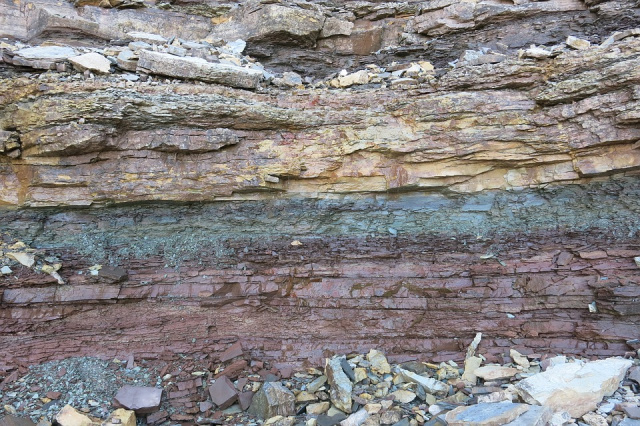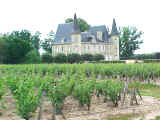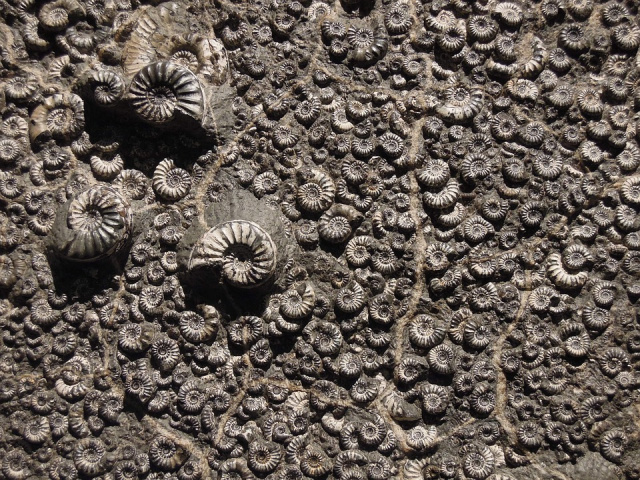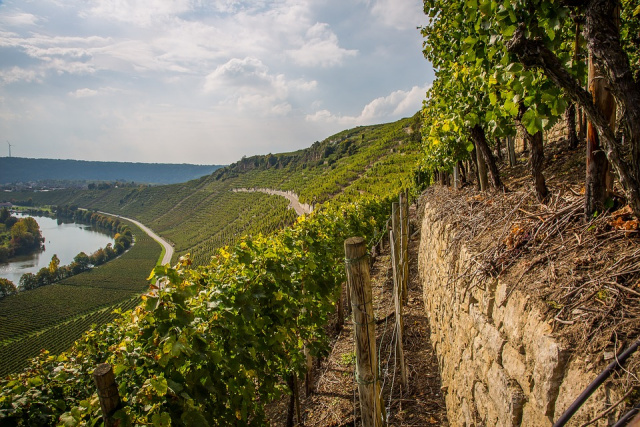Dirty Little Secrets
by Jennifer Laskey Verplanck and John Verplanck
So, what is dirt or soil? It is the sediment of the earth’s surface capable of supporting plant growth. It consists of rock particles, the chemically altered remains of plant and animal matter and varies in porosity and permeability.

Soil does not always sit on bedrock. There are frequently layers of stones or rocks beneath. Grape vines hate wet feet; good drainage is essential. So what are the soils that work best for wine grapes?
Grapes are like Russian novelists, they like to suffer. Good fertile soil, beneficial to other crops, is not necessarily what you need for wine grapes. The famed Left Bank in the Bordeaux appellation is little more than gravel and sand; one area is actually named, “Graves “, for its characteristically gravelly land. Gravel has good drainage but poor fertility so vines planted in this type of soil must reach down deep to find nutrients and minerals in the subsoil. Grapevines have deep root systems that get their nutrients down deep, not from topsoil. Deep roots help make the vines impervious to severe weather, they cannot freeze, and they can still find water in very dry conditions. The vines need enough nutrients to encourage good root growth but not abundant leaf or vine growth in order to produce more and better fruit. Cabernet Sauvignon is the star of the Left Bank and thrives there.
The Right Bank of Bordeaux is dominated by clay based soils which have good water retention ability with some limestone and sand for drainage. The soil is often very cool and high in acidity, suitable for Merlot grapes, in fact they produce some of the world’s best Merlot and Cabernet Franc.

Bordeaux has what grape vines love, but it wasn’t always so. In the seventeenth century, much of it was swamp and marsh, until some Dutch engineers cleared and drained the waters around Haut-Medóc, revealing a rocky gravel soil rich in minerals and perfect for growing grapes. Now it’s an internationally famous region where Cabernet Sauvignon as well as Merlot, Cab. Franc, Petit Verdot and Malbec thrive.
France’s Loire Valley region, renowned for its porous calcium-rich limestone marl and clay soil, is a part of a long stretch of unique geology that runs from southern England down through France’s Champagne region, the eastern Loire Valley vineyards of Sancerre, and the heart of Burgundy’s Chablis. It is called the Kimmeridgian, and carries nutrients from fossilized ancient shellfish. It’s no coincidence that this is where the best vineyards lie; it’s practically an ordained place. The mixture enables the soil to retain moisture in periods of dry weather but allows for good drainage during heavy rains.

Limestone and clay soils also produce the highest quality Tempranillo from Rioja and Ribera del Duero, vineyards in Spain. Marl, which is a calcareous clay-based soil that adds acidity to the wine, is the main soil type in the famed Piedmont wine region of Italy which produces spectacular Nebbiolo. The calcium has also been found to help prevent disease in the grapes.
Slate is the main type of soil in the Mosel region vineyards of Germany, famous for their Rieslings. Slate drains well, warms quickly and retains heat through the cooler evenings thus allowing the grapes to ripen slowly, over time, developing more flavor.

You can plant grapes just about anywhere but you can't forget about the soil if you want to make world class wines.
Photo credits: Pixabay,Wiki commons
Jennifer Laskey VerPlanck
|